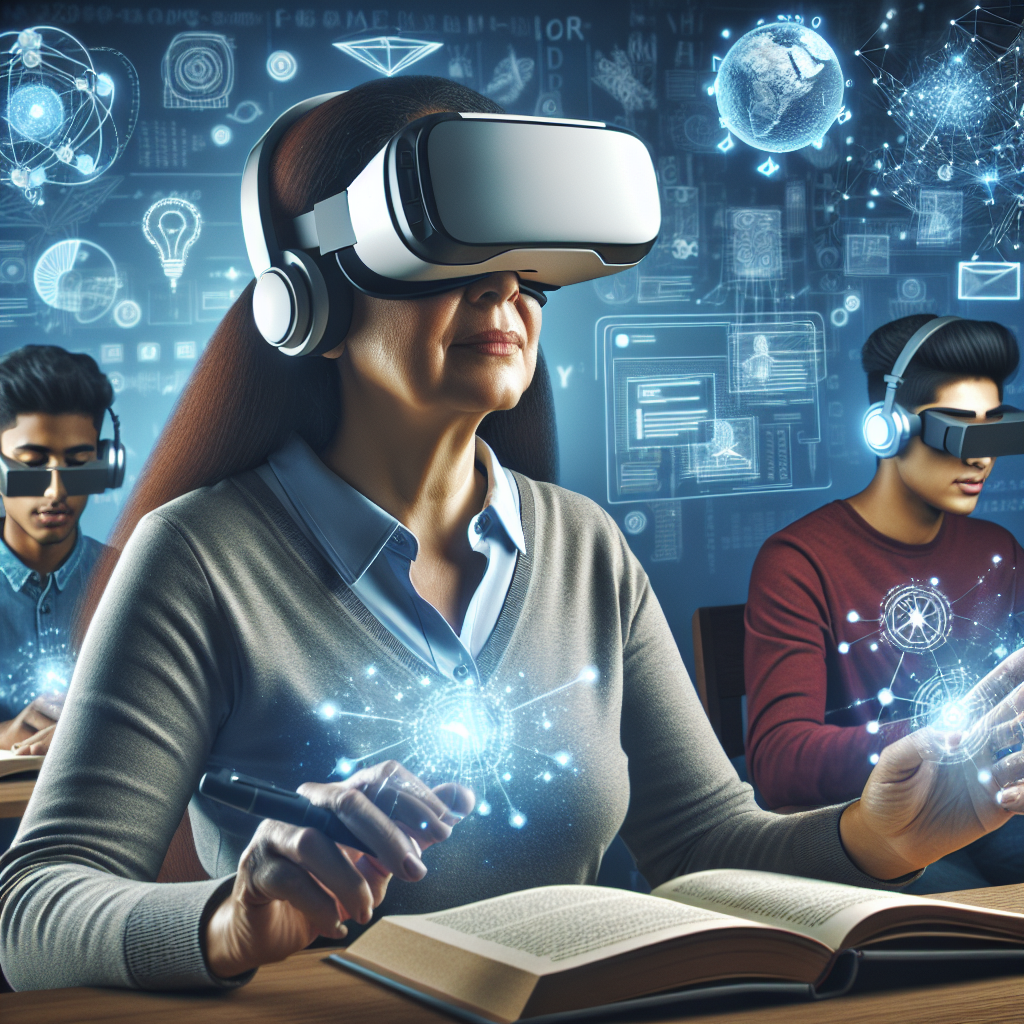Virtual Reality (VR) technology has been making waves in various industries, and one area where its potential is truly transformative is in education. By immersing students in realistic and interactive virtual environments, VR is changing the way we learn and engage with educational content.
One of the key benefits of using VR in education is its ability to create immersive learning experiences. Instead of simply reading about a historical event or scientific concept, students can now step into a virtual world and experience it firsthand. This hands-on approach not only makes learning more engaging and memorable, but also helps students develop a deeper understanding of complex subjects.
In addition to enhancing learning experiences, VR can also make education more accessible and inclusive. Students with physical disabilities or learning difficulties can benefit from virtual environments that cater to their specific needs, allowing them to participate in activities that may have been difficult or impossible in a traditional classroom setting.
Furthermore, VR can help bridge the gap between theoretical knowledge and real-world application. For example, medical students can practice surgical procedures in a virtual operating room, giving them valuable hands-on experience before they ever set foot in a hospital. Similarly, engineering students can design and test prototypes in a virtual environment, saving time and resources in the development process.
Another advantage of using VR in education is its ability to foster collaboration and communication among students. By connecting with classmates in virtual spaces, students can work together on projects, share ideas, and problem-solve in a dynamic and interactive way. This not only enhances their teamwork skills, but also prepares them for the collaborative nature of many modern workplaces.
Despite the many benefits of VR in education, there are still some challenges to overcome. Cost can be a significant barrier, as purchasing VR equipment and developing virtual content can be expensive. Additionally, there may be concerns about the potential for distraction or addiction when using VR technology for extended periods of time.
Overall, the potential of VR in education is vast and exciting. By leveraging this technology to create immersive learning experiences, educators can engage students in new and innovative ways, ultimately transforming the way we learn. As VR continues to evolve and become more accessible, it has the power to revolutionize the education system and prepare students for success in the 21st century.


Leave a Reply